Skip to Content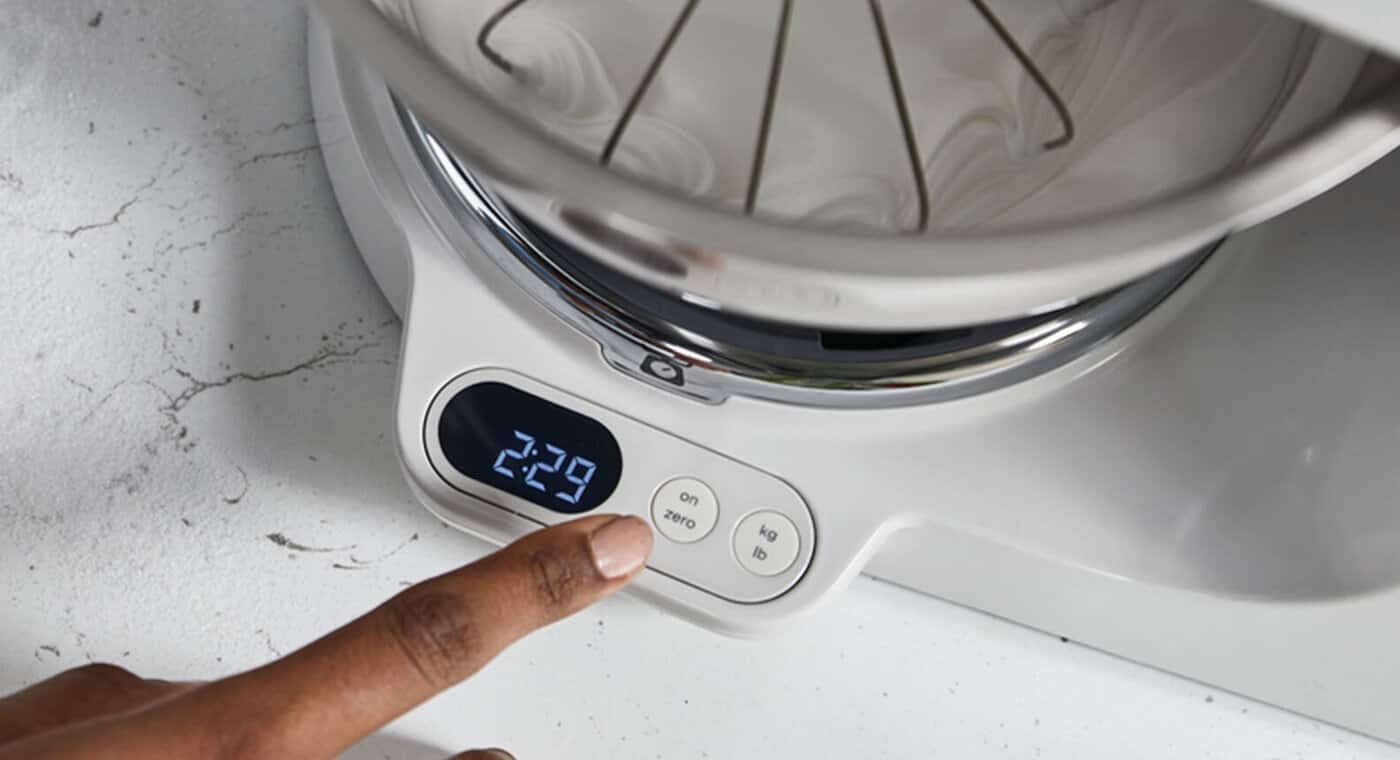
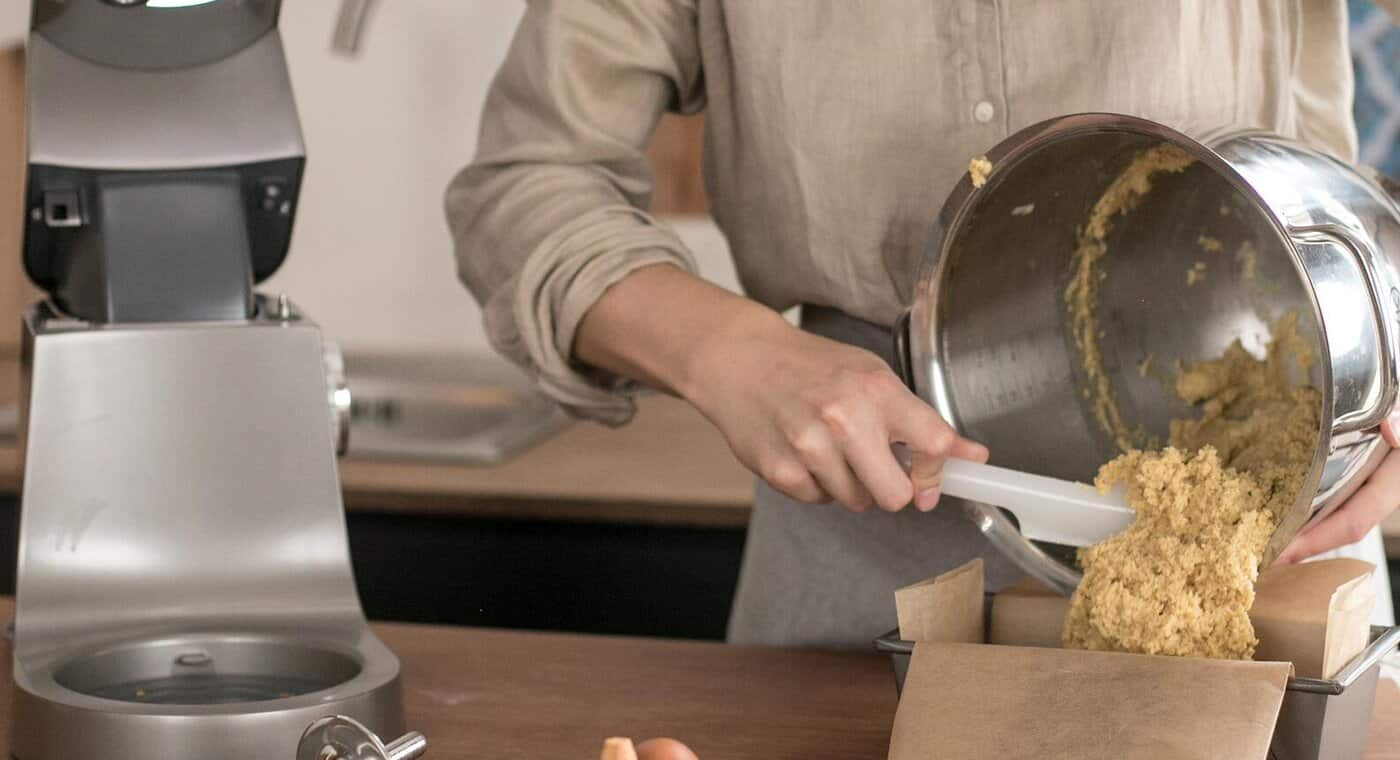
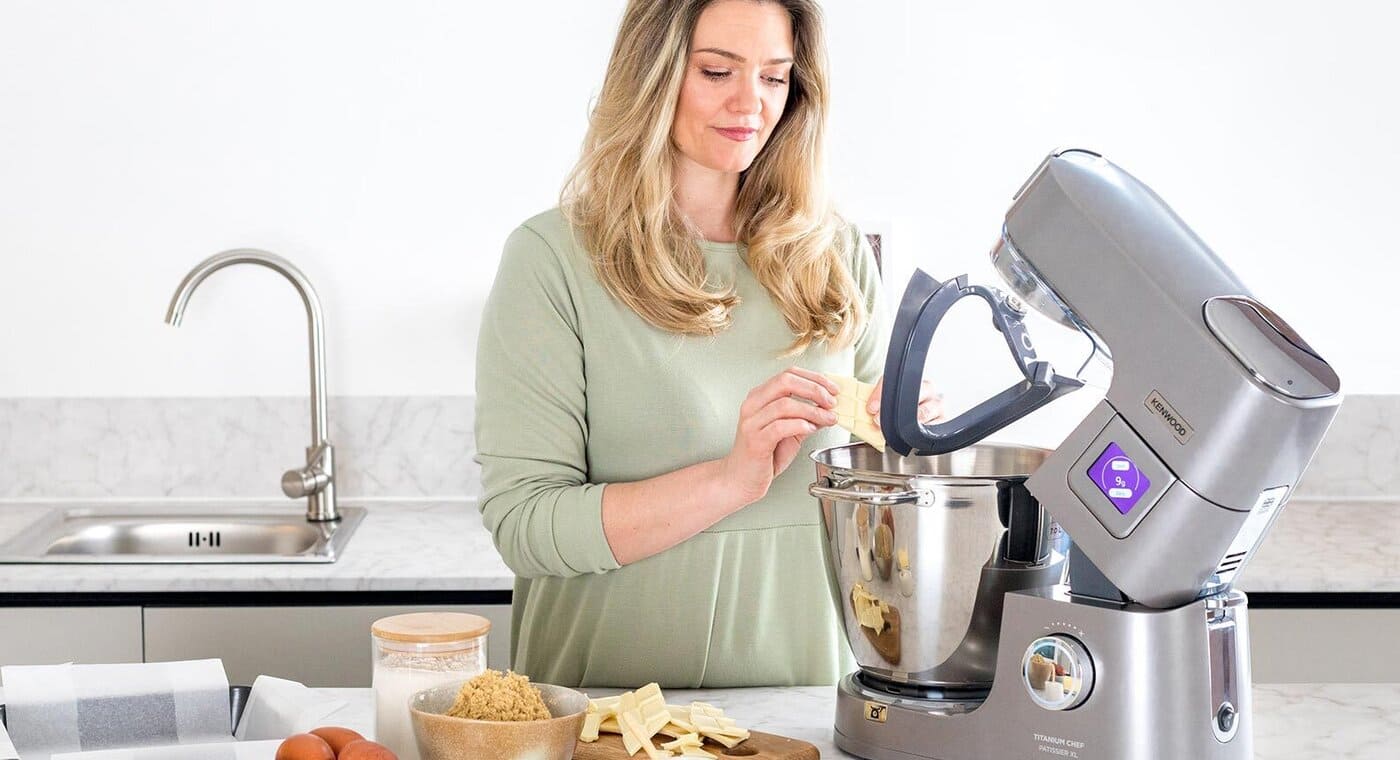
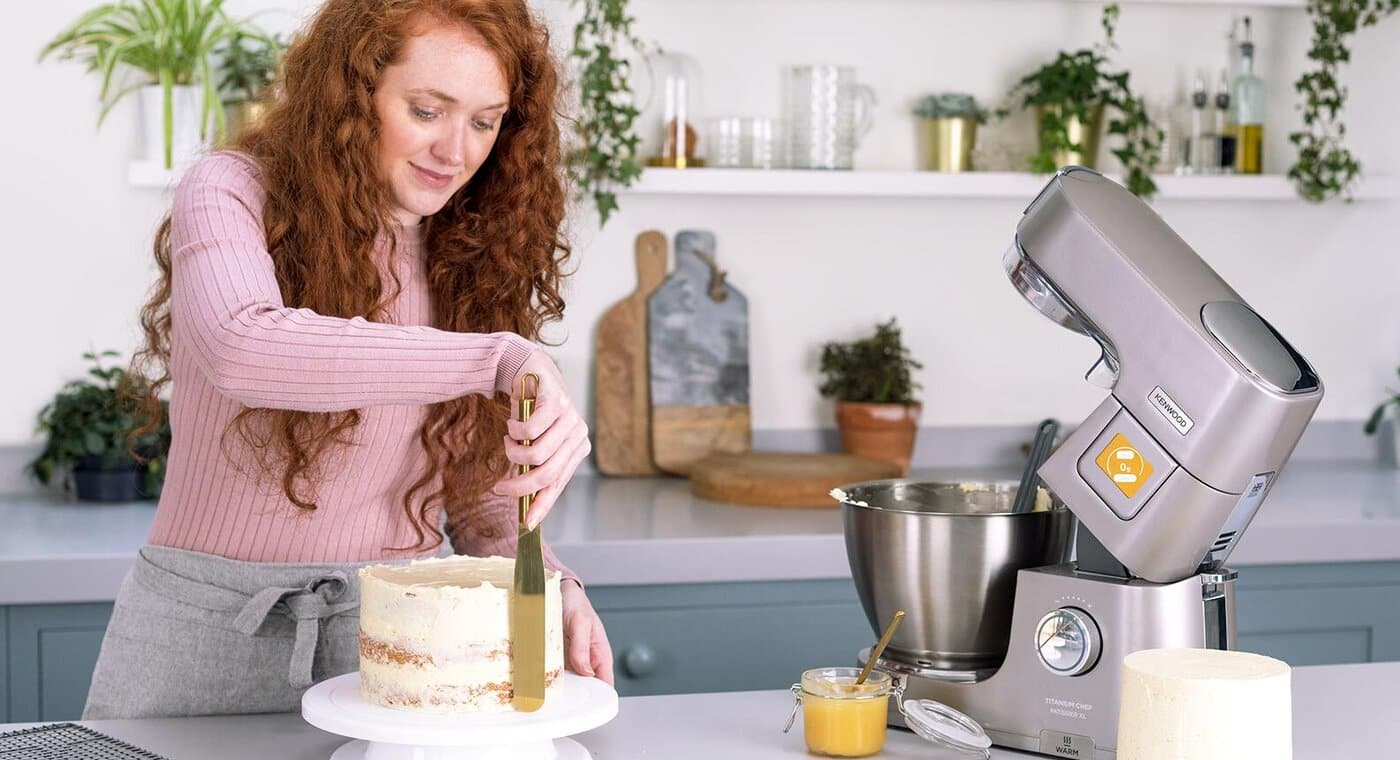
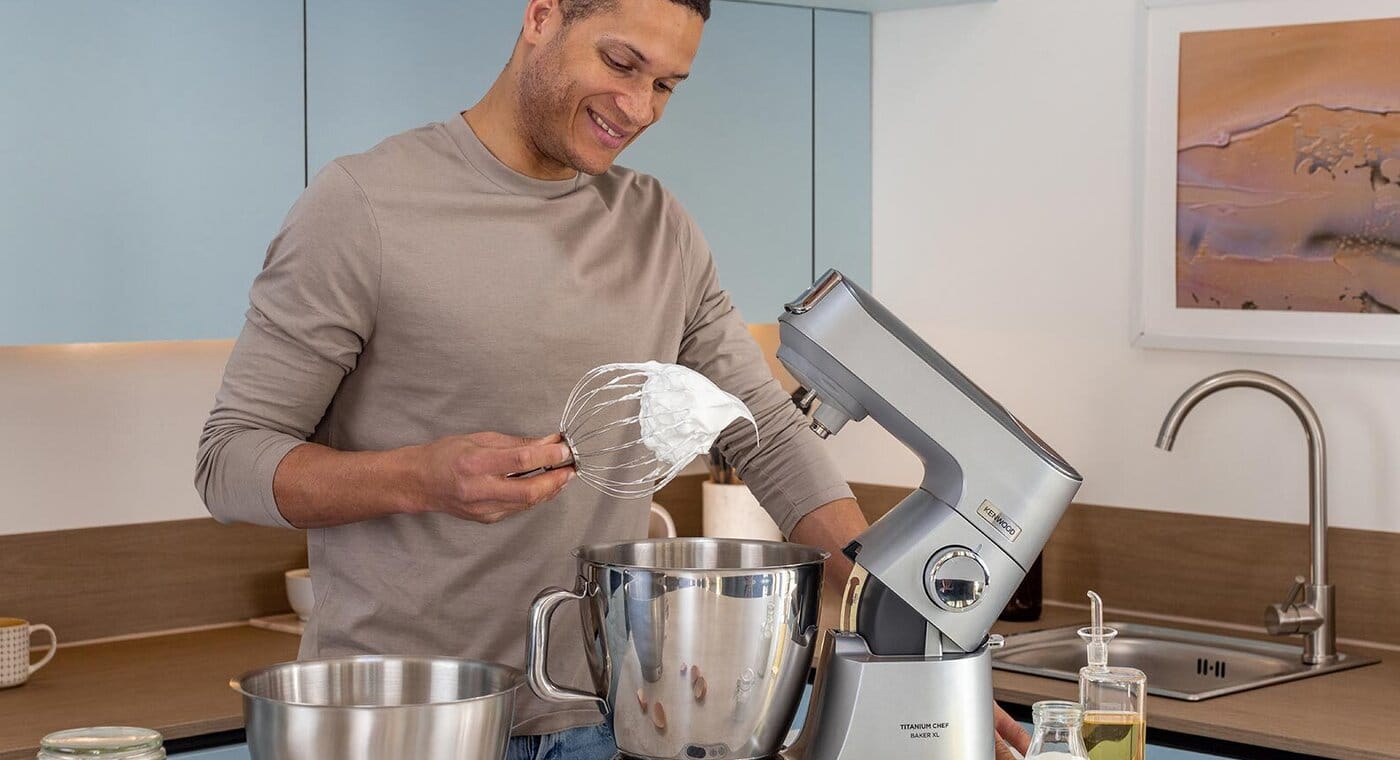
Recipe rescue - saving common baking fails
Even the most experienced bakers can have an off day in the kitchen. If your caramel has crystallised or you can’t get your cake out of the tin, don’t panic. Here’s how to solve some of the most common baking blunders, and avoid them next time.
Overwhipped cream
It only takes beating your cream for a few seconds too long to leave it less light and fluffy, more dense and clumpy. If this happens, try gently stirring some cold milk into the cream, a spoonful at a time, until it softens, but still holds its shape.
If you really have overwhipped it, you can always keep whisking until the cream separates into butter and buttermilk. The buttermilk can be drained off and used for cakes, just add a squeeze of lemon.
To prevent over-whipping next time, avoid stepping away from your mixer while it’s whisking so you can keep an eye on things - it takes less time to get perfectly silky whipped cream than you may think! Also, don’t get the cream out of the fridge until you’re ready to use it, and if you plan to make it in advance, remember that whipped cream will continue to thicken as it stands.
If you really have overwhipped it, you can always keep whisking until the cream separates into butter and buttermilk. The buttermilk can be drained off and used for cakes, just add a squeeze of lemon.
To prevent over-whipping next time, avoid stepping away from your mixer while it’s whisking so you can keep an eye on things - it takes less time to get perfectly silky whipped cream than you may think! Also, don’t get the cream out of the fridge until you’re ready to use it, and if you plan to make it in advance, remember that whipped cream will continue to thicken as it stands.
Cake stuck in pan
You’ve baked what looks to be the perfect cake, but there’s just one problem: you can’t get it out of the tin in one piece.
If you've forgotten to grease or line your tin, don’t panic. As the cake cools it will shrink slightly, causing it to come away from the sides. So if the tin still feels warm to the touch, leave it to fully cool before you try to transfer it- this may take up to a couple of hours. If it still won’t budge, cover with cling film and pop in the freezer for at least six hours. Remove and then gently run a palette knife around the edge to loosen before inverting and carefully turning the cake out onto a plate or board.
If your cake isn’t too firmly stuck, another trick to try is the damp cloth method. Dampen a clean tea towel and wrap it around the tin. Let it sit for around 15 minutes. The combination of the warm pan and damp tea towel will create steam, which should help loosen the cake.
If you've forgotten to grease or line your tin, don’t panic. As the cake cools it will shrink slightly, causing it to come away from the sides. So if the tin still feels warm to the touch, leave it to fully cool before you try to transfer it- this may take up to a couple of hours. If it still won’t budge, cover with cling film and pop in the freezer for at least six hours. Remove and then gently run a palette knife around the edge to loosen before inverting and carefully turning the cake out onto a plate or board.
If your cake isn’t too firmly stuck, another trick to try is the damp cloth method. Dampen a clean tea towel and wrap it around the tin. Let it sit for around 15 minutes. The combination of the warm pan and damp tea towel will create steam, which should help loosen the cake.
Curdled cake batter
Cake mix can curdle when you add eggs or milk that are too cold. This reduces the overall temperature of the batter and prevents the ingredients from emulsifying properly together, leaving little pockets of fat where the butter won’t mix in.
If this happens, place your mixing bowl over a saucepan of hot tap water for a few minutes. This will help warm all the ingredients through. You can then try to beat the mixture again.
Another fix for a curdled mix is to add a tablespoon of flour, stirring in until the batter emulsifies again. Don’t stir for too long though, as it will cause excess gluten to form, which will create a tougher, chewier crumb.
The best way to prevent your batter curdling and help your ingredients to combine properly is to take them out of the fridge a couple of hours before using, so they are all at room temperature.
If this happens, place your mixing bowl over a saucepan of hot tap water for a few minutes. This will help warm all the ingredients through. You can then try to beat the mixture again.
Another fix for a curdled mix is to add a tablespoon of flour, stirring in until the batter emulsifies again. Don’t stir for too long though, as it will cause excess gluten to form, which will create a tougher, chewier crumb.
The best way to prevent your batter curdling and help your ingredients to combine properly is to take them out of the fridge a couple of hours before using, so they are all at room temperature.
Crystallised caramel
Making the perfect smooth and glossy caramel can be tricky. Crystallisation is a common problem, which is when as the syrup boils, some of the sugar starts to form hard, cloudy crystals. This may be due to over-stirring (try swirling rather than stirring), or because your pan wasn’t spotlessly clean.
The good news is, all’s not lost. Adding a few drops of lemon juice will help loosen everything up. Or you can gently brush the crystals with a wet pastry brush to dissolve them.
The good news is, all’s not lost. Adding a few drops of lemon juice will help loosen everything up. Or you can gently brush the crystals with a wet pastry brush to dissolve them.
Burnt edges on a cake
If the edges of your cake have slightly caught in the oven it is likely the rest of the cake is fine. Carefully trim off the burnt edges with a serrated knife.
If you’re icing the cake with buttercream, apply a crumb coat first. This is a thin base coat of icing which is spread evenly all over the cake to seal in any stray crumbs and cover up any imperfections before you apply the top coat.
If you’re icing the cake with buttercream, apply a crumb coat first. This is a thin base coat of icing which is spread evenly all over the cake to seal in any stray crumbs and cover up any imperfections before you apply the top coat.
Meringues won’t form peaks
If, despite all your whisking, your meringue mixture still seems runny and flat and is stubbornly refusing to stiffen up, there are a few things that may be to blame. You may have added the sugar too quickly, the eggs may have been too cold, or your mixture may have been exposed to some fat or oil, either because your mixing bowl wasn’t spotlessly clean, or some egg yolk snuck in when you separated your eggs.
If you’re making French meringue and having trouble whipping up those signature glossy peaks, try folding in another whipped egg to give some extra lift. Forming a paste from a tablespoon of cornstarch dissolved in ⅓ of a cup of water may also help.
To prevent this from happening you should always allow the eggs to come to room temperature before you use them. When they’re cold, egg whites are more gelatinous, which makes it harder for the air to penetrate them as you mix. Using fresh eggs is also important, as these are more acidic, and it’s the acidity that helps the egg white’s proteins to stay tightly knit, helping those lofty peaks to form.
If you’re making French meringue and having trouble whipping up those signature glossy peaks, try folding in another whipped egg to give some extra lift. Forming a paste from a tablespoon of cornstarch dissolved in ⅓ of a cup of water may also help.
To prevent this from happening you should always allow the eggs to come to room temperature before you use them. When they’re cold, egg whites are more gelatinous, which makes it harder for the air to penetrate them as you mix. Using fresh eggs is also important, as these are more acidic, and it’s the acidity that helps the egg white’s proteins to stay tightly knit, helping those lofty peaks to form.